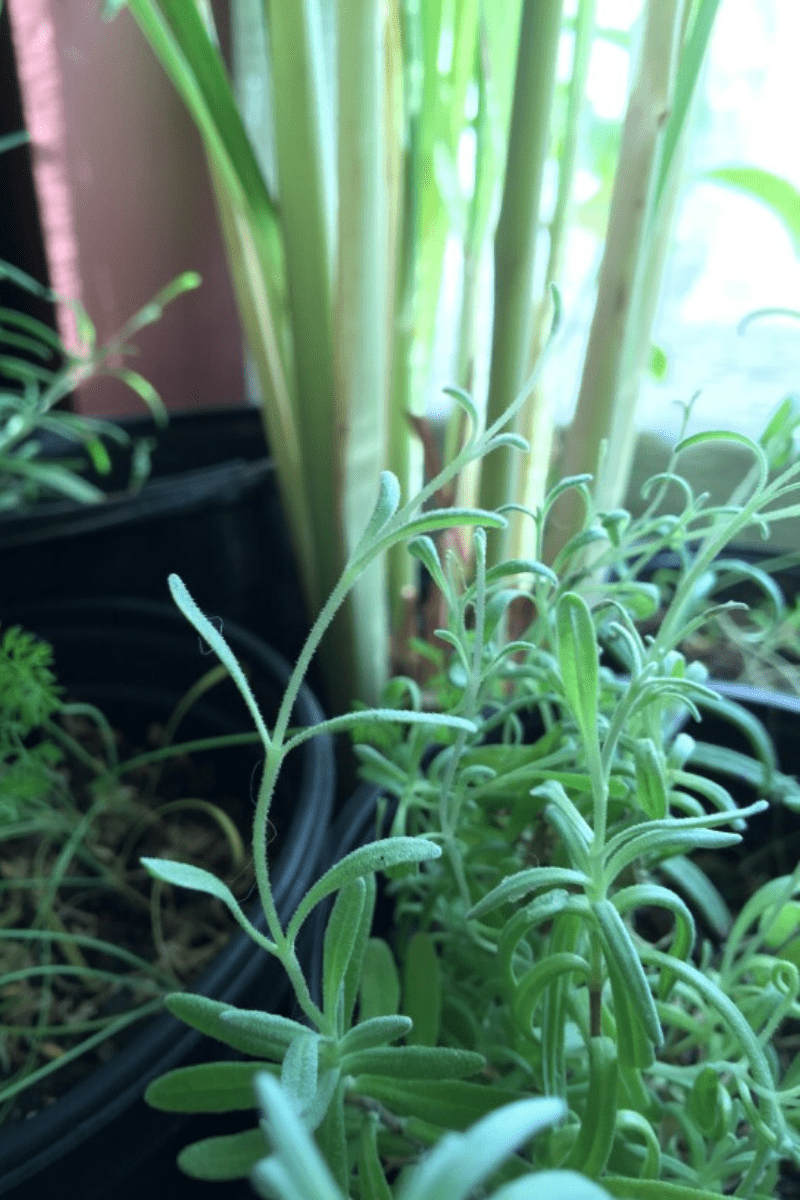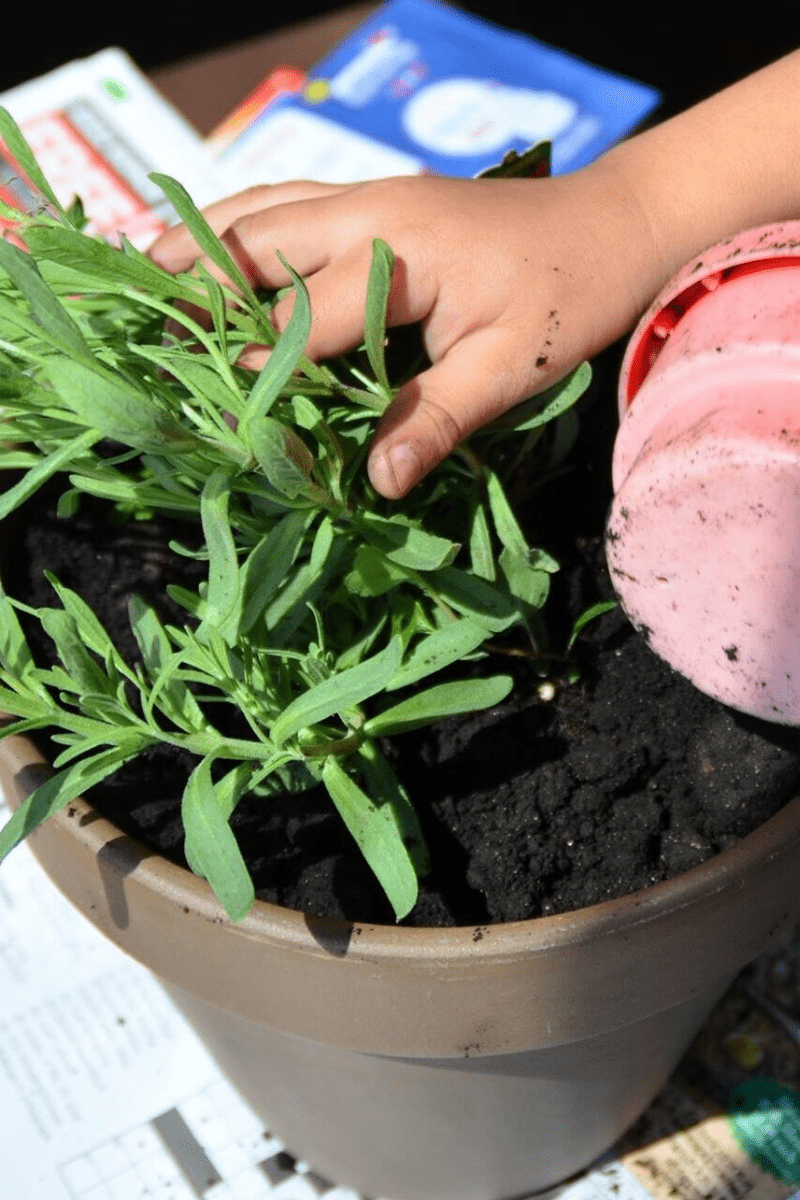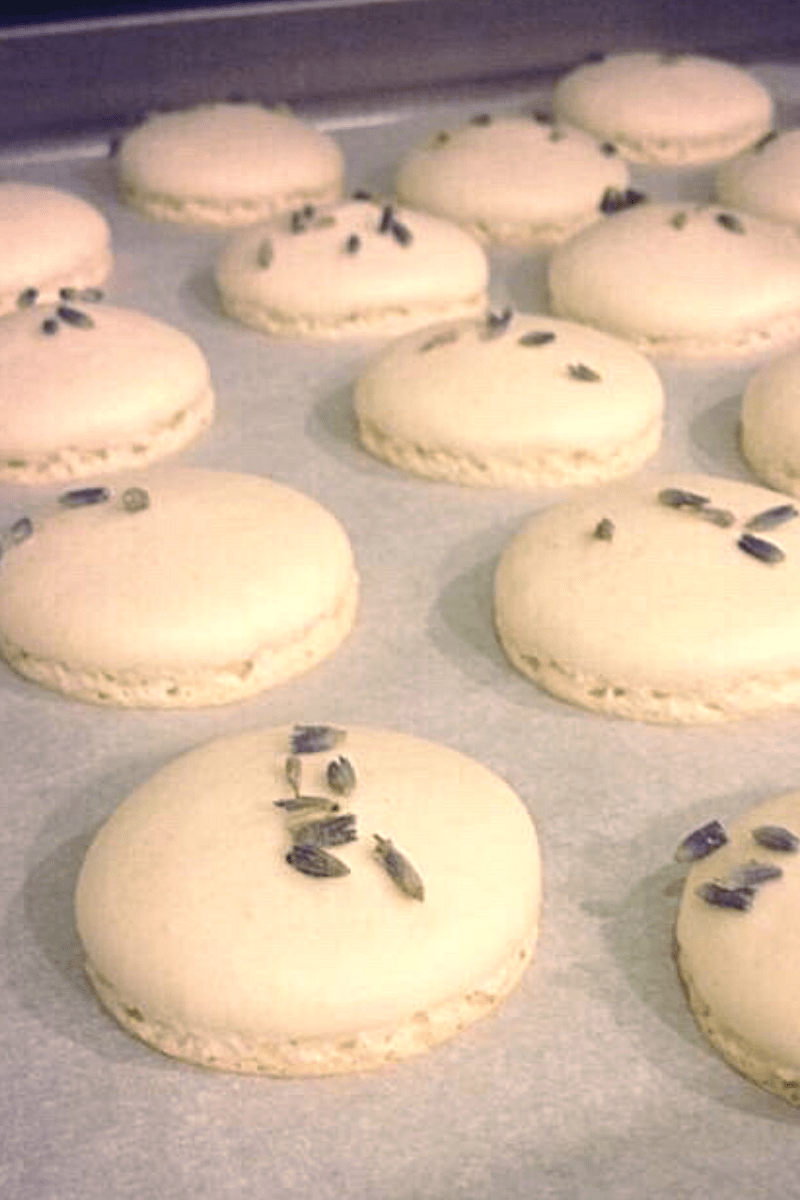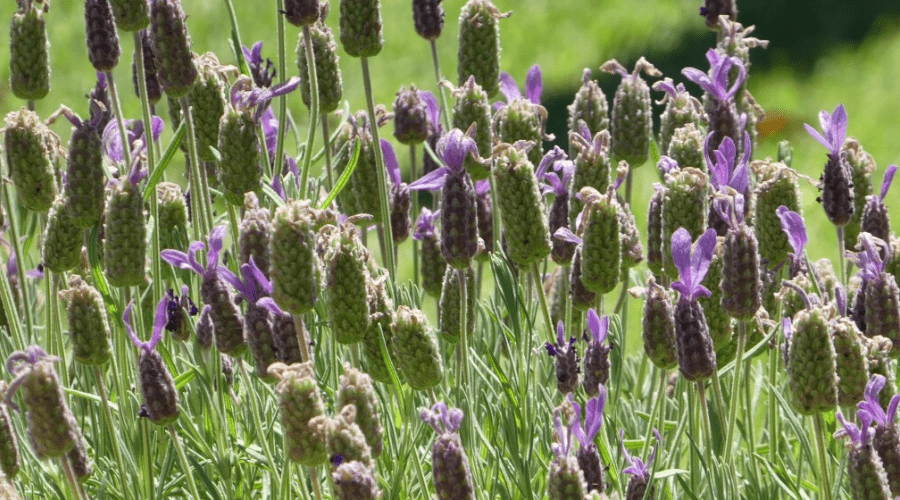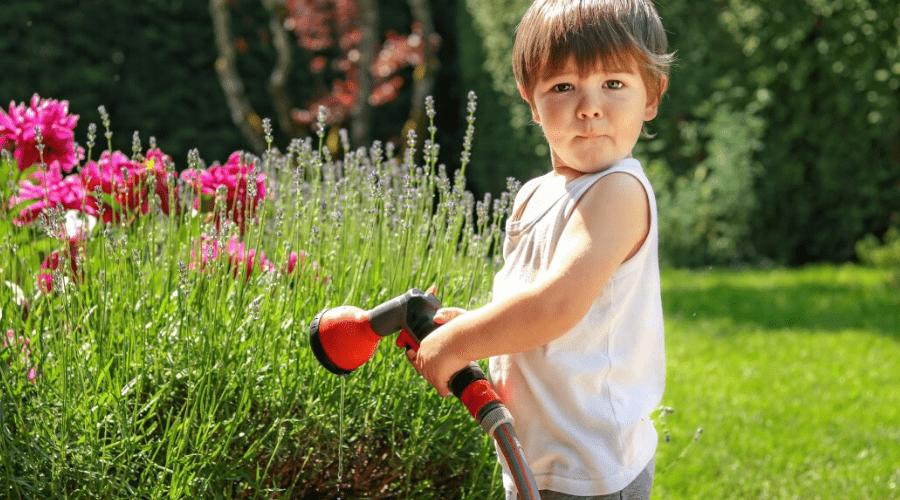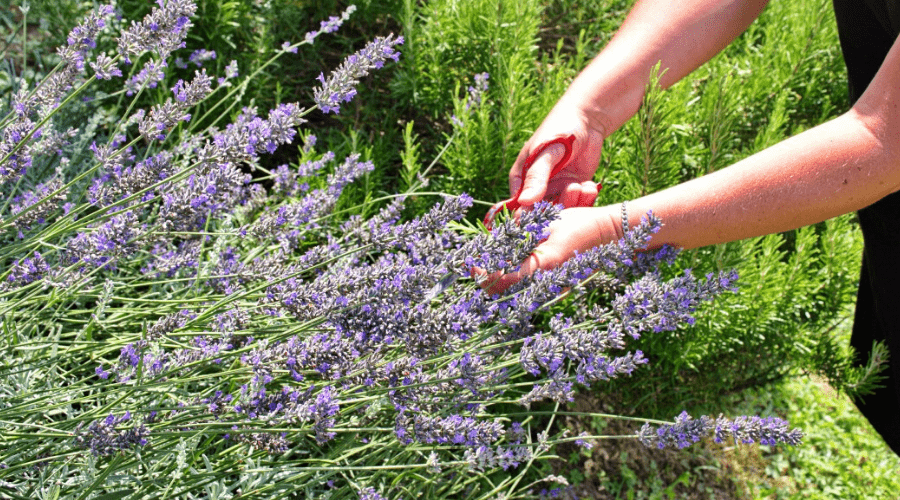With its calming scent, beautiful flowers, and loads of health benefits, there are countless things to love about lavender. One of those is how easy it is to grow! Simply follow a few easy planting and maintenance tips and you could have your very own lavish lavender plants, providing you with an endless supply of this wonder herb.
This guide will teach you everything you need to know about how to grow lavender, covering how to plant, care for, and harvest it.
Frequently Asked Questions About Lavender
Is Lavender Easy to Grow?
Lavender is one of the easiest plants to grow, however, the ease of growth does tend to depend on where you are growing, since it thrives in some zones and requires indoor growing in others, and which variety you are growing, since varieties like English Lavender tend to be much hardier than other more finicky types. This forgiving plant is tolerant of drought, heat, and wind, which doesn’t mean you should expose it to those factors, but if you accidentally do, you can rest easy knowing that it will persevere through them. If your lavender has full access to sun, is planted in well-drained soil, and has frequent waterings, it should grow in abundance.
How Fast Does Lavender Grow?
Lavender is a chill plant, it’s not in any hurry to die, and it’s not in a particular hurry to grow.
Because of this, this perennial plant can take a season or two to blossom.
How long it takes to grow really will depend on whether you are planting an already grown plant in your garden or seeds, with seeds taking a bit longer.
Some varieties will reach full maturity in one season, blooming with their delicate purple flowers, while others may take two seasons.
Rest assured, it will be worth the wait.
Something else to note is that lavender plants only tend to live up to 10 years at a maximum, so you may want to be propagating your plants and replanting throughout their life span to fill in gaps.
Lavender Care
What is the Best Time of Year to Plant Lavender?
The best time of year to plant lavender is in the spring, a couple of weeks after the last threat of frost when the soil is starting to warm up. You can plant in the fall, but if you do so do not plant seeds, you must plant a more established plant if you want it to survive the winter.
Where Does Lavender Grow Best?
Lavender grows best in USDA Grow Zones 5-9. However, it can have a bit of trouble growing in zone 5, so gardeners there should consider container planting. It has the capability to thrive in most soil qualities but prefers well-drained soil that is slightly alkaline.
How Often Should I Water Lavender?
Newly planted lavender should be watered every 2 days for the first couple of weeks, and every 3 days in its first 3 months of life. Established lavender can rely on rainfall, however, if you live in an area in drought, try to water it every 2 weeks.
Mature potted lavender should be thoroughly watered every 2 weeks while in the winter it should be watered every 4 weeks. In the winter, outdoor lavender does not need to be watered.
How to Propagate Lavender
If you are looking to replenish your lavender plants because of their old age or winter casualties, you can easily propagate new ones.
To do so, either collect softwood cuttings, the soft tips of shoots, in the spring or hardwood cuttings, the woody stems of shoots, in the fall.
Cut a 4-inch segment of the shoot. If you are using hardwood cuttings you should cut just below the bump of a leaf node.
If there are any leaves attached to the bottom 2 inches of the stem, remove them, and scrape off all the skin on one side of the stem’s bottom.
Dip the shoot in rooting hormones and bury it in a small pot filled with seed-starting mix. Moisten the mix and cover the pot with plastic. In around 3-4 weeks your plant should develop roots. When that happens, remove the plastic and place the pot in a sunny spot.
Fertilize your plant regularly with diluted 25% strength fertilizer and in a few weeks, you can transplant it outside.
Does Lavender Do Well in Pots?
Lavender is an awesome container plant, doing extremely well in pots.
It actually can be better, especially in climates that are less than ideal for lavender growing, to grow your plant in a container. That way you can move your plant indoors when the weather threatens it and always position it so it’s getting the ideal, maximum amount of sun.
How Do You Care for a Potted Lavender Plant?
Choose a compact variety of lavender and an appropriate container that is a couple of inches larger than your plant’s root ball, and has drainage holes on its bottom.
Use a loose, soilless mix that you gently pat around the root ball once planted.
When the soil appears dry, water the base of the plant, keeping in mind container plants need more water than garden ones. Consider adding slow-release fertilizer pellets to nourish your lavender.
Make sure your plant gets around 8 hours of sunlight outdoors, or indoors near a south-facing window. If you live in an area where you don’t get a lot of light during the winter, consider buying a grow light.
Lavender Benefits
Does Lavender Keep Bugs Away?
Yes, lavender has been used as a bug repellent since ancient times. It can deter mosquitoes, ticks, spiders, ants, and fleas. Lavender naturally includes a non-toxic compound called linalool which is used in many pest control products. It attracts pollinators like bees and butterflies, too.
Is Lavender Poisonous to Dogs?
Although lavender deters insects, it does not hurt furry creatures like dogs. In fact, some dog biscuits and treats actually contain lavender, because its interesting flavor pleases pooches. You should only be wary of your dog eating your lavender plants if they are eating a large amount, you use pesticides on your lavender, or they start displaying unusual symptoms of sickness after eating it.
Can You Eat Lavender?
Yes, and no.
There are two kinds of common lavender species. The first is Lavandula X Intermedia which is also referred to as French Lavender. It is a very camphorous lavender, which accounts for its strong scent but makes it inedible.
The other species of lavender that is commonly grown is Lavandula Angustifolia which is also referred to as English Lavender. This variety still has a pleasant smell but is low in camphor. It is considered edible and is often used in cooking.
There are so many delicious recipes you can use lavender in, including lavender lemon cookies, lavender-infused vinegar, and grilled salmon with lavender and lemon.
What are the Health Benefits of Lavender?
Lavender has been used since ancient times for its antiseptic, anti-inflammatory, and anti-anxiety benefits. Below are some of the medicinal uses of lavender you can use to optimize your health!
Quells Digestive Issues
Some studies show that consuming lavender in a tea form can quell digestive issues like nausea, vomiting, intestinal gas, abdominal swelling, and upset stomachs.
Soothes Anxiety
Research suggests that the scent of lavender and lavender oil can be used to soothe the effects of insomnia, depression, restlessness, and anxiety, having a calming effect on the brain in the moment.
Treats Fungal Infections
Lavender oil was found to be lethal to numerous strains of fungal infections that occur in the skin, destroying fungal cells’ membranes.
Heals Wounds
When applied to wounds, lavender can accelerate healing effects, also treating them with its antiseptic properties which prevent infections.
How to Grow Lavender
Step One: Prepare Your Soil
Lavender can thrive in lots of types of soil but it tends to prefer loose-soil that errs on the side of dry.
If you are growing lavender to make essential oils, use lean soil so that the plant develops a higher concentration of oils. Lean soil will only have a hint of organic matter or fertilizers.
If you are growing lavender for its fragrance, plant it in alkaline or chalky soil to enhance its scent. The ideal soil for lavender is slightly alkaline with a pH between 6.7 and 7.3.
Step Two: Plant Your Lavender
Plant your lavender plants at least 2-3 feet apart. Keep in mind that dampness during the winter months, not cold, typically kills lavender plants, along with the high humidity of summer. A way to combat this issue is by having lots of space between your plants so there is rooms for airflow.
The hole you dig for your lavender should be an inch or two larger than the root ball. Lightly prune your lavender plant and shake out its roots before planting. If you are planting seeds you can directly sow them into the soil.
Lightly pat the soil back into place around the lavender.
Step Three: Lavish Your Lavender With Attention
Water your lavender plants frequently but keep in mind that if the soil becomes too wet too frequently your plant may die or develop root rot. Lavender is drought-resistant so although it needs regular watering, especially after it’s first planted, it’s much better to water it too little than too much.
Although lavender plants can tolerate wind, they don’t favor brisk winter winds. To protect your plants if they are in a precarious position, build a stone or brick wall around them. This will also provide heat protection in the summer.
If the ground around your plants freezes during the winter, apply a layer of mulch around it to help keep your plant warm.
Pro Tip: Do not mulch near the plant’s crown or the soil may retain too much moisture.
Step Four: Pruning and Harvesting Your Lavender
Your lavender plants will not need regular prunings if you consistently harvest the lavender. At the beginning of spring, if you want to alter the shape of the plant and encourage new growth, you can prune, cutting taller plants back by 1/3 of their height, and smaller plants back by a couple of inches.
When half of the flower buds on stems open, harvest them. Harvest during the morning because that is when the oils are the most concentrated. Cut the stems so they are as long as possible.
You can dry your lavender by tying it into bundles with rubber bands and storing it in a cool, dark place with excellent airflow.
Pro Tip: If you live an area with brutal winters do not prune until you see some new growth at the base of the plant or you may kill it.
Conclusion
Lavender is a welcomed addition to any garden, possessing numerous benefits and looking gorgeous. This easy perennial plant is hands-off but very handy. We love lavender, and you absolutely will too!
If you enjoyed this tutorial, be sure to share it, and comment below with any lavender-growing questions you might have!


